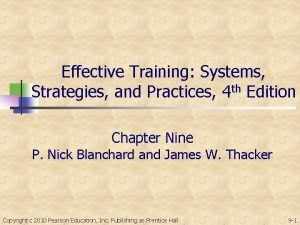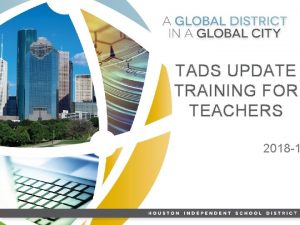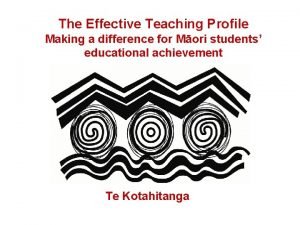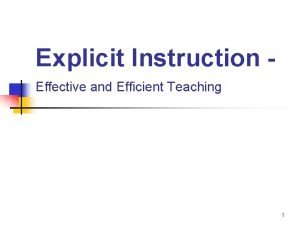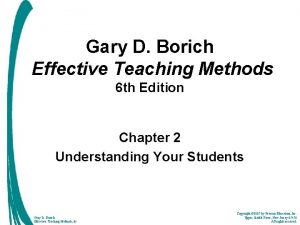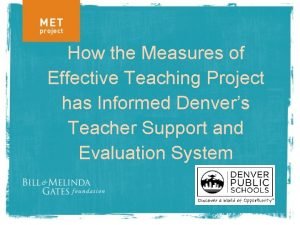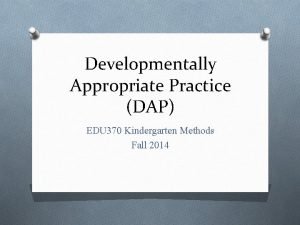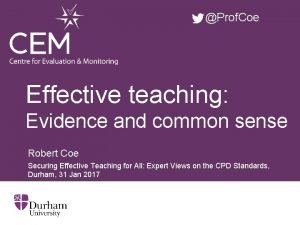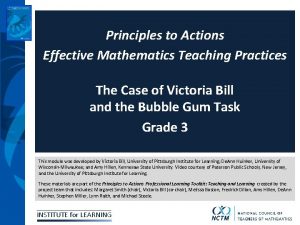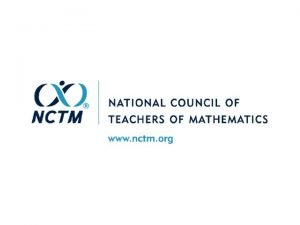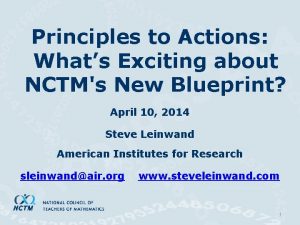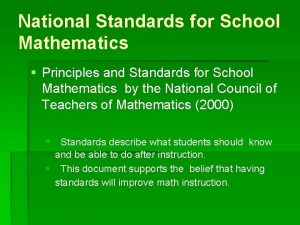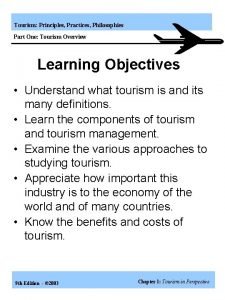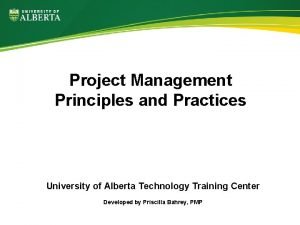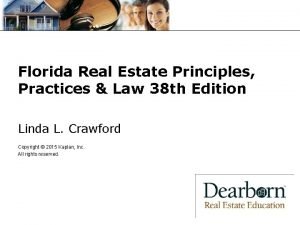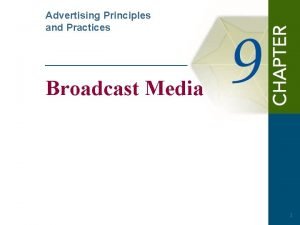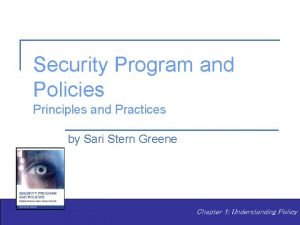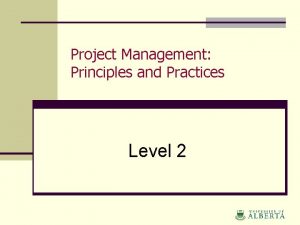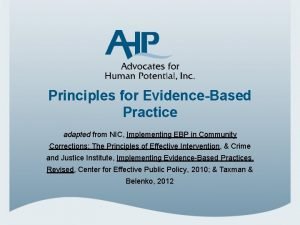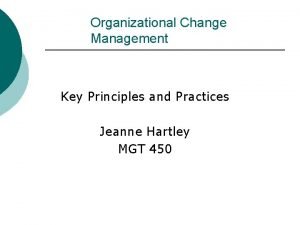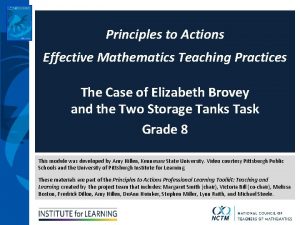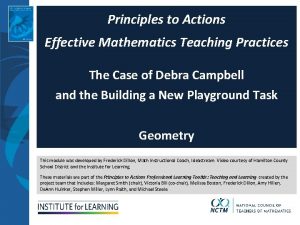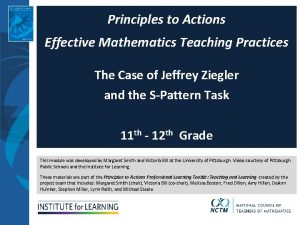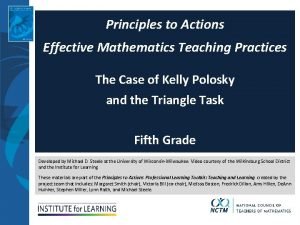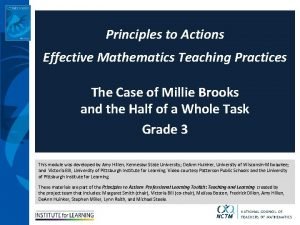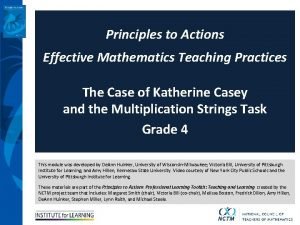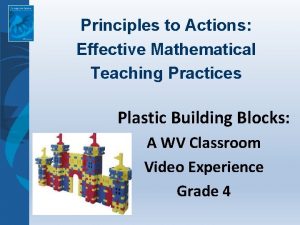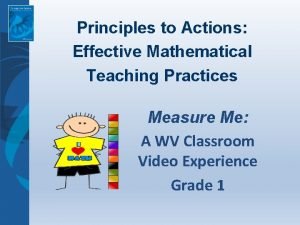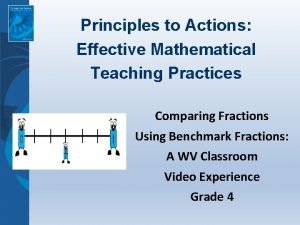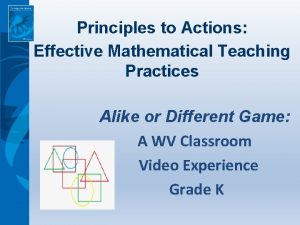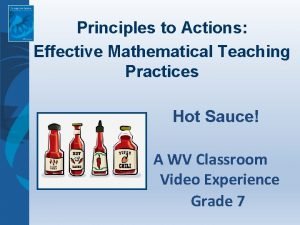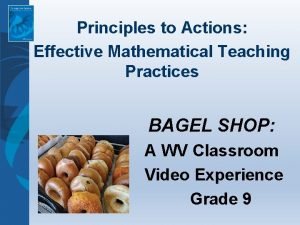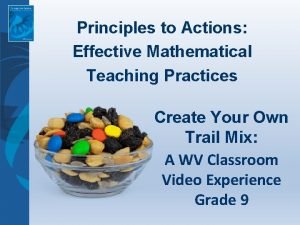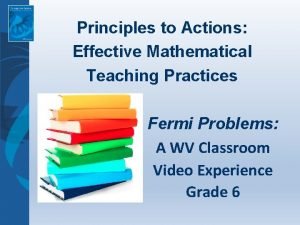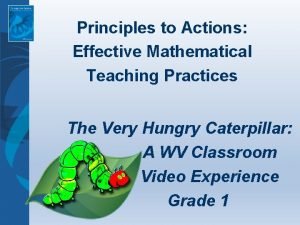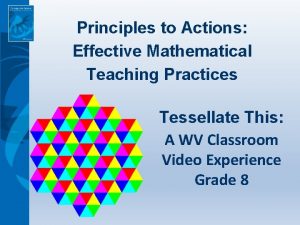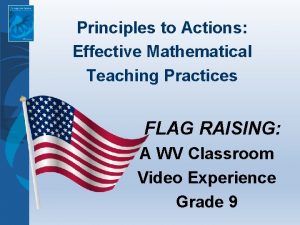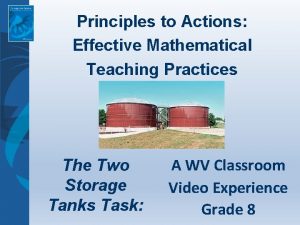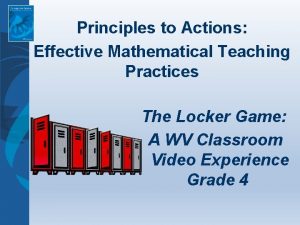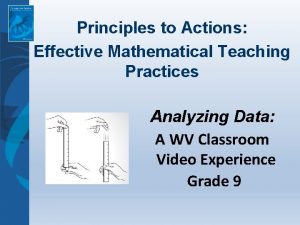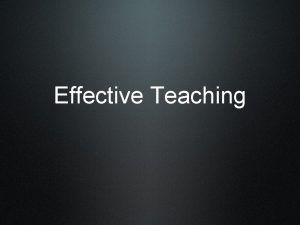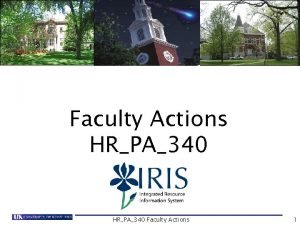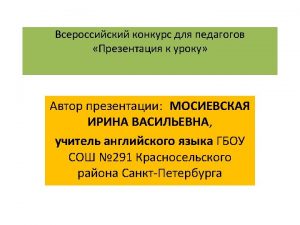Principles to Actions Effective Mathematics Teaching Practices The

























- Slides: 25

Principles to Actions Effective Mathematics Teaching Practices The Case of Shalunda Shackelford and the Bike and Truck Task Algebra 1 This module was developed by Melissa Boston at the University of Pittsburgh. Video courtesy of Hamilton County School District and the Institute for Learning. These materials are part of the Principles to Actions Professional Learning Toolkit: Teaching and Learning created by the project team that includes: Margaret Smith (chair), Victoria Bill (co-chair), Melissa Boston, Fredrick Dillon, Amy Hillen, De. Ann Huinker, Stephen Miller, Lynn Raith, and Michael Steele.

Overview of the Session • Solve and Discuss the Bike and Truck Task • Watch the video clip and discuss what the teacher does to support her students engagement in and understanding of mathematics • Discuss the effective mathematics teaching practices of facilitating meaningful mathematical discourse and posing purposeful questions

Bike and Truck Task Distance from start of road (in feet) A bicycle traveling at a steady rate and a truck are moving along a road in the same direction. The graph below shows their positions as a function of time. Let B(t) represent the bicycle’s distance and K(t) represent the truck’s distance. Time (in seconds)

Bike and Truck Task 1. Label the graphs appropriately with B(t) and K(t). Explain how you made your decision. 2. Describe the movement of the truck. Explain how you used the values of B(t) and K(t) to make decisions about your description. 3. Which vehicle was first to reach 300 feet from the start of the road? How can you use the domain and/or range to determine which vehicle was the first to reach 300 feet? Explain your reasoning in words. 4. Jack claims that the average rate of change for both the bicycle and the truck was the same in the first 17 seconds of travel. Explain why you agree or disagree with Jack and why.

Bike and Truck Task Discussion question introduced by the teacher: Distance from start of road (in feet) Between what two seconds did the truck drive the fastest? How do you know? Time (in seconds)

Bike and Truck Task Video Context School: Tyner Academy Principal: Carol Goss Teacher: Shalunda Shackelford Class: Algebra 1 Curriculum: IFL Lessons Creating and Interpreting Functions Class Size: 26 At the time the video was filmed, Shalunda Shackelford was a teacher at Tyner Academy in the Hamilton County School District. The lesson occurred in April in an Algebra 1 class. The teacher is working on promoting classroom discourse.

Learning Goals Create two or three mathematical learning goals for this lesson. Be ready to share these goals.

Ms. Shackelford’s Mathematics Learning Goals Students will understand that: • The language of change and rate of change (increasing, decreasing, constant, relative maximum or minimum) can be used to describe how two quantities vary together over a range of possible values. • Context is important for interpreting key features of a graph portraying the relationship between time and distance. • The average rate of change is the ratio of the change in the dependent variable to the change in the independent variable for a specified interval in the domain.

Connections to the CCSS Content Standards Interpreting Functions F–IF Interpret functions that arise in applications in terms of the context. F-IF. B 4 For a function that models a relationship between two quantities, interpret key features of graphs and tables in terms of the quantities, and sketch graphs showing key features given a verbal description of the relationship. Key features include: intercepts; intervals where the function is increasing, decreasing, positive, or negative; relative maximums and minimums; symmetries; end behavior; and periodicity. ★ F-IF. B 5 Relate the domain of a function to its graph and, where applicable, to the quantitative relationship it describes. For example, if the function h(n) gives the number of personhours it takes to assemble n engines in a factory, then the positive integers would be an appropriate domain for the function. ★ F-IF. B 6 Calculate and interpret the average rate of change of a function (presented symbolically or as a table) over a specified interval. Estimate the rate of change from a graph. ★ ★Indicates that the standard is also a Mathematical Modeling standard. National Governors Association Center for Best Practices & Council of Chief State School Officers. (2010). Common core state standards for mathematics. Washington, DC: Authors.

Connections to the CCSS Standards for Mathematical Practice 1. Make sense of problems and persevere in solving them. 2. Reason abstractly and quantitatively. 3. Construct viable arguments and critique the reasoning of others. 4. Model with mathematics. 5. Use appropriate tools strategically. 6. Attend to precision. 7. Look for and make use of structure. 8. Look for and express regularity in repeated reasoning.

Bike and Truck Task Context of the Video Clip Prior to the lesson: • The teacher has been working on facilitating mathematical discussions and targeting the Common Core standards for content and mathematical practice in very deliberate ways. Video Clip: • In the video, you will see students discussing their work on the Bike and Truck task and defending different mathematical ideas and conceptions.

Lens for Watching Video Clip 1 First Viewing As you watch the video, make note of what the teacher does to support students in making sense of the mathematical ideas in the task during the whole group discussion. In particular, identify any of the Effective Mathematics Teaching Practices that you notice Ms. Shackelford is using. Be prepared to give examples and to cite line numbers from the transcript to support your claims.

Effective Mathematics Teaching Practices 1. 2. Establish mathematics goals to focus learning. Implement tasks that promote reasoning and problem solving. 3. Use and connect mathematical representations. 4. Facilitate meaningful mathematical discourse. 5. Pose purposeful questions. 6. Build procedural fluency from conceptual understanding. 7. Support productive struggle in learning mathematics. 8. Elicit and use evidence of student thinking.

Facilitate meaningful mathematical discourse Mathematical Discourse should: • build on and honor students’ thinking; • provide students with the opportunity to share ideas, clarify understandings, and develop convincing arguments; and • advance the mathematical learning of the whole class. “Discussions that focus on cognitively challenging mathematical tasks, namely those that promote thinking, reasoning, and problem solving, are a primary mechanism for promoting conceptual understanding of mathematics (Hatano & Inagaki, 1991; Michaels, O’Connor, & Resnick, 2008). “ Smith, Hughes, Engle & Stein, 2009, p. 549


Lens for Watching Video Clip 1 Second Viewing As you watch the video this time, pay attention to the ways in which the teacher facilitates discourse. Specifically: • How does the teacher support students to share and defend their own ideas? • How does the teacher provide students with the opportunity to clarify understandings? • How does the teacher provide students with the opportunity to develop convincing arguments?

Additional Analysis of Video Clip 1 Consider: • What did the teacher appear to know and have planned before the lesson in order to engage students in meaningful mathematical discourse? • How did the teacher purposefully introduce, elicit, and make use of common student misconceptions?

Planning with the Student in Mind • Anticipate solutions, thoughts, and responses that students might develop as they struggle with the problem • Generate questions that could be asked to promote student thinking during the lesson, and consider the kinds of guidance that could be given to students who exhibit misconceptions • Determine how to end the lesson so as to advance students’ understanding Smith & Stein, 2011

Orchestrating Mathematical Discourse: The Five Practices • Anticipating likely student responses • Monitoring students’ actual responses • Selecting particular students to present their mathematical work during the whole class discussion • Sequencing the student responses • Connecting different students’ responses—to each other and to key mathematical ideas. Smith & Stein, 2011

Lens for Watching Video Clip 2 As you watch Video Clip 2, make note of what the teacher does to foster students’ conceptual understanding of slope or rate of change. In particular, identify any of the Effective Mathematics Teaching Practices that you notice Ms. Shakelford is using. Be prepared to give examples and to cite line numbers from the transcript to support your claims.

Effective Mathematics Teaching Practices 1. 2. Establish mathematics goals to focus learning. Implement tasks that promote reasoning and problem solving. 3. Use and connect mathematical representations. 4. Facilitate meaningful mathematical discourse. 5. Pose purposeful questions. 6. Build procedural fluency from conceptual understanding. 7. Support productive struggle in learning mathematics. 8. Elicit and use evidence of student thinking.

Pose Purposeful Questions Effective Questions should: • Reveal students’ current understandings; • Encourage students to explain, elaborate, or clarify their thinking; and • Make the mathematics more visible and accessible for student examination and discussion. Teachers’ questions are crucial in helping students make connections and learn important mathematics and science concepts. Teachers need to know how students typically think about particular concepts, how to determine what a particular student or group of students thinks about those ideas, and how to help students deepen their understanding. (Weiss and Pasley, 2004)


What have you learned and how do these ideas apply to your classroom work?

 10 principles of effective online teaching
10 principles of effective online teaching Effective training systems strategies and practices
Effective training systems strategies and practices Tads rubric
Tads rubric Instructional aims
Instructional aims Direct/expository approach
Direct/expository approach Effective teaching profile
Effective teaching profile Examples of explicit instruction
Examples of explicit instruction Gary borich
Gary borich Measures of effective teaching project
Measures of effective teaching project 10 effective dap teaching strategies
10 effective dap teaching strategies Effective teaching evidence and practice
Effective teaching evidence and practice Principles to actions
Principles to actions Principles to actions
Principles to actions Principles to actions
Principles to actions Principles and standards for school mathematics
Principles and standards for school mathematics Tourism: principles, practices, philosophies
Tourism: principles, practices, philosophies Security program and policies principles and practices
Security program and policies principles and practices Project management principles and practices
Project management principles and practices Florida real estate principles practices & law
Florida real estate principles practices & law Broadcasting principles and practices
Broadcasting principles and practices Florida real estate principles practices & law 43rd edition
Florida real estate principles practices & law 43rd edition Security program and policies principles and practices
Security program and policies principles and practices Project management principles and practices
Project management principles and practices 8 principles of evidence based practices
8 principles of evidence based practices Change management principles and practices
Change management principles and practices Quats cosmetology
Quats cosmetology

